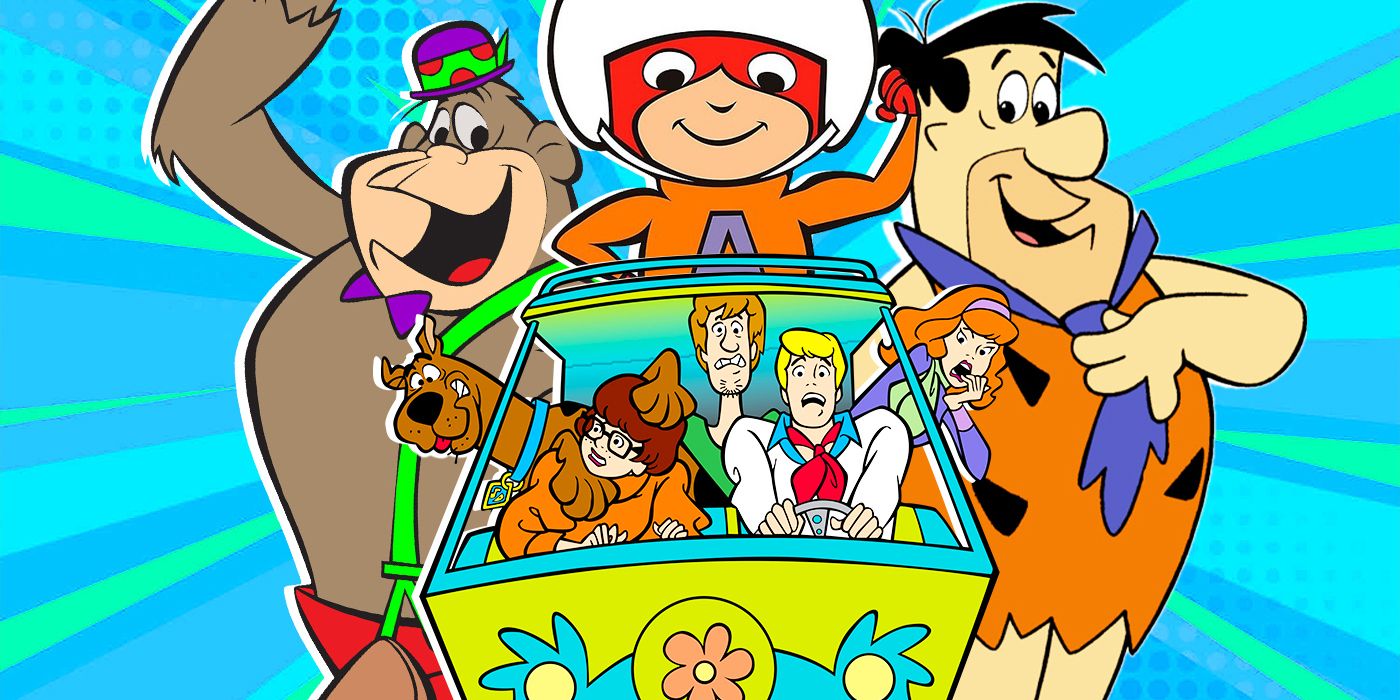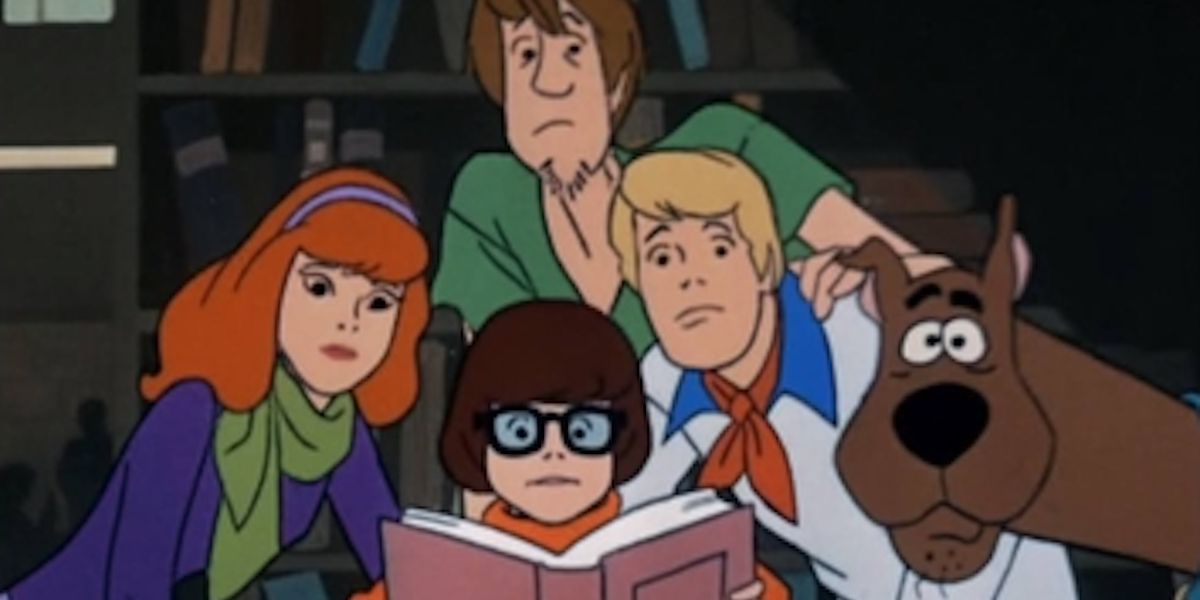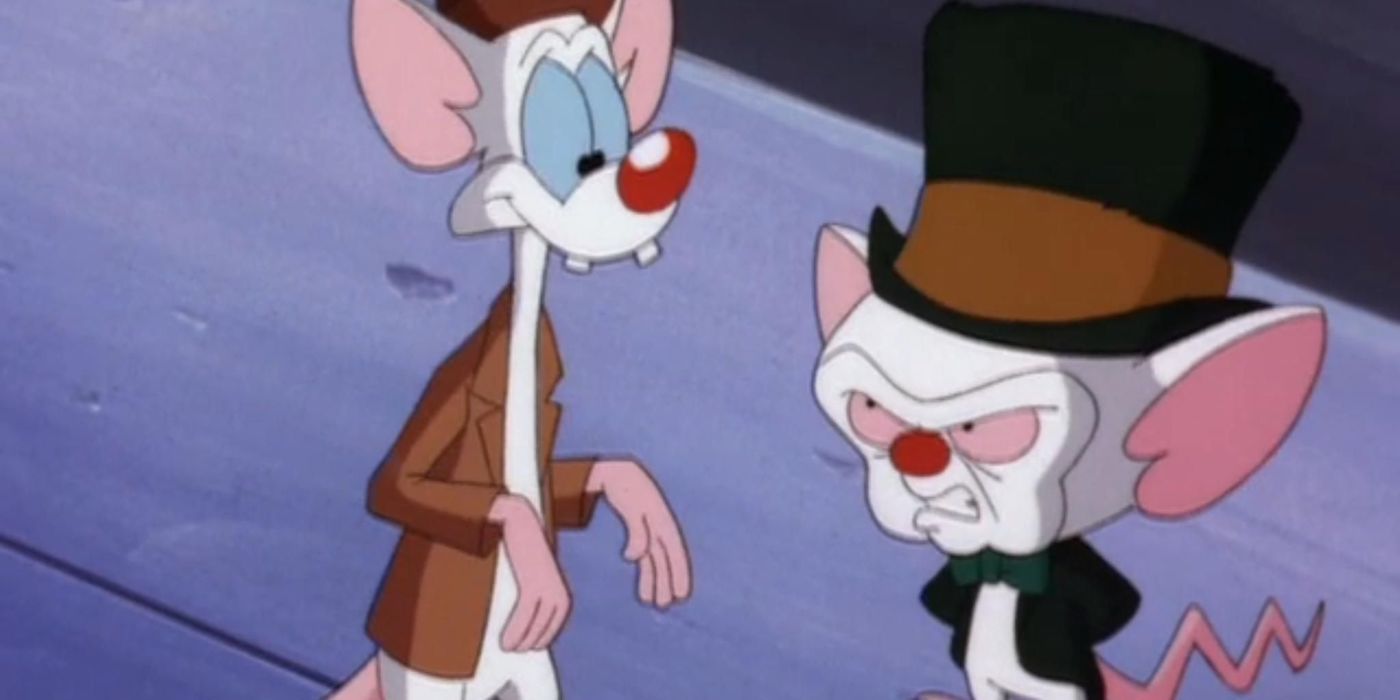Television animated series began with Crusader Rabbit in 1950, followed shortly by The Adventures of Rocky and Bullwinkle, a creation of Crusader Rabbit's producer Jay Ward. Animated series would reach immense popularity with the prime-time show The Flintstones in 1960, proving there was an audience for animation on TV (it held the record for longest-running prime-time cartoon until The Simpsons surpassed it with the February 1997 episode "The Itchy & Scratchy & Poochie Show"). As the 1960s wore on, the perception of animation was that it was a children's medium, prompting networks to move animated series from prime-time to Saturday mornings. The Golden Age of the Saturday morning cartoon began in 1966 when all three major networks aired animation blocks on Saturday mornings. Nothing lasts forever, as they say, and after years of running on fumes, the ritual drew its dying breath in 2014, when The CW canceled The Vortexx. So what happened?
After the prime-time run of The Flintstones ended in 1966, Hanna-Barbera Productions turned its attention towards Saturday mornings, creating content specifically for children and for all three major networks. Shows like Magilla Gorilla, Atom Ant, Space Ghost and Dino Boy, Frankenstein Jr. and The Impossibles, and syndicated reruns of The Flintstones bore the Hanna-Barbera name in 1966 (fun fact: Hanna-Barbera provided the lion's share of projects over the next 30 years, producing 249 individual cartoon series - over 1,200 hours of original episodes - for television). Other animation studios promptly added their own entries to the now-popular Saturday mornings, including Filmation Associates, which contributed The New Adventures of Superman. Superhero cartoons were in demand, leading to Spider-Man, Iron Man, Batman, and eventually Super Friends. The 1970s saw the introduction of a host of beloved series: Super Friends, Captain Caveman, and the eternal Scooby-Doo, among others.
Why Couldn't Profitability Save Saturday Morning Cartoons?
TV networks were finding that animation was more profitable than producing live-action shows. One voice actor could play multiple roles, reruns spread out the cost of the initial investment, and the toy and cereal commercials that aired during the shows cajoled the children watching to push their parents into buying the products. The latter would prove to be controversial, as parents and educators voiced concerns about the effects of Saturday morning cartoons and the direct marketing associated. Researchers found that kids had difficulty discerning differences between the shows and the ads that ran with them and were not able to comprehend how manipulative the commercials could be. In 1978, the Federal Trade Commission attempted to ban advertising to children under the age of six, but groups representing toy companies, advertisers, and cereal industries struck a deal to add educational and informational content alongside advertisements, bringing about public service announcements like The Bod Squad and One to Grow On alongside educational stalwart Schoolhouse Rock!, which had been playing since 1973.
Entering the 1980s, Saturday morning cartoons were evolving into something different. Series based on existing TV shows, like The Fonz and the Happy Days Gang, or It's Punky Brewster, were laying the groundwork for the next stage of Saturday mornings: cross-promotional marketing. Up to this point, cartoons were largely original creations but were now being made to further blur the line between commercial and entertainment, with programs based on toys, video games, and movies. G.I. Joe: A Real American Hero, Care Bears, and The Transformers were all created with the mission to sell toys. Pac-Man and Dungeons & Dragons introduced gaming to kids. The Real Ghostbusters and Rambo: The Force of Freedom brought a marketing triumvirate: movie, cartoon, and toy marketability. This new iteration of Saturday morning cartoons was still popular with kids, but becoming increasingly unpopular with parenting groups. Persistent appeals to the FCC about numerous instances of violence and commercials aimed at kids eventually brought about a 1988 bill that would limit advertising, but the bill was vetoed by then-president Ronald Reagan. Undeterred, Congress put in place a new Children's Television Act (CTA) in 1990, placing stricter regulations on what a network could show on Saturday mornings. Commercials were limited to 12 minutes per half-hour on weekdays and 10.5 minutes on the weekends. Advertisements for toys that aired during shows the toy was based on, à la G.I. Joe, were banned, and there had to be a clear separation between the program and the commercial.
Dodging the CTA Spelled the Beginning of the End for Saturday Morning Cartoons
What followed was the first true sign of the end for Saturday mornings as we knew it. The networks dodged the restrictions set by the CTA by syndicating Saturday morning cartoons, allowing them to be shown again on weekday afternoons since this time wasn't subject to the same set of strict advertising rules placed on Saturday mornings. In turn, the government implemented the Children's Programming Report in 1996. It clarified what was educational versus what want not, and set a new age demographic range for 16 and younger. The report required all broadcast networks to air educational and informational children's programs for at least three hours a week, and outlawed tie-in merchandise commercials between 7 a.m. and 10 p.m. While the report did not directly lead to the end of Saturday morning cartoons, it was a significant blow, especially given kids' disinterest in educational programming.
The advent of technology in the 1990s knocked Saturday morning cartoons to the ground. Personal computers, VCRs, DVD players, and home video game consoles were becoming the way that kids entertained themselves. Cartoons like Teenage Mutant Ninja Turtles, Animaniacs, and Pinky and the Brain kept Saturday mornings on life support, but the introduction of cable networks like Nickelodeon, Cartoon Network, and the Disney Channel provided alternatives for ways to watch cartoons. Crawling into the 2000s, Saturday mornings were now populated with re-purposed reruns from cable networks, or cheap cartoons brought in from other countries. Soon networks began pulling animated shows off of the Saturday morning line-up altogether and replacing them with live-action series that met the educational mandates of the government, like Litton's Weekend Adventure, which took over the ABC Kids block on Saturday mornings with pro-social and un-scripted programs. The Saturday morning ritual was officially declared dead when, as mentioned above, The CW network aired the last of The Vortexx animated lineup on September 27th, 2014.
So on Saturday morning, wake up at the crack of dawn, grab a bowlful of Lucky Charms, and watch some Hong Kong Phooey or The Banana Splits Show in your pajamas, and relive the days when Saturday mornings were a kid's most anticipated time of the week (and maybe some coffee as well - reliving one's youth is hard).



